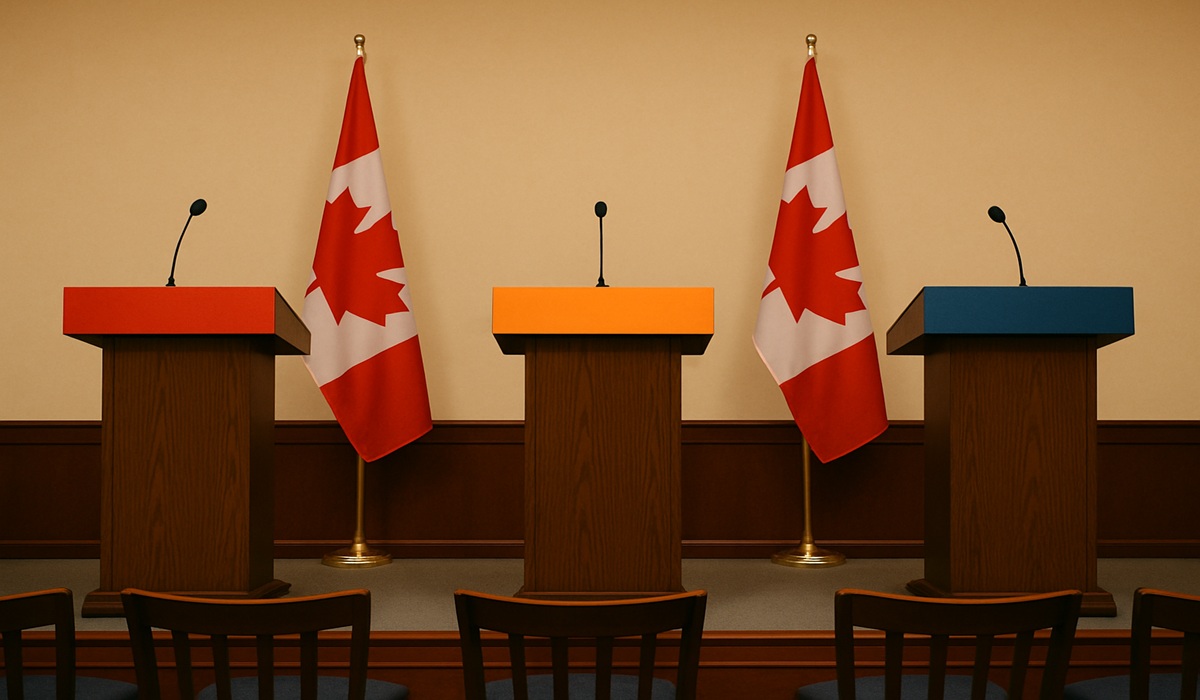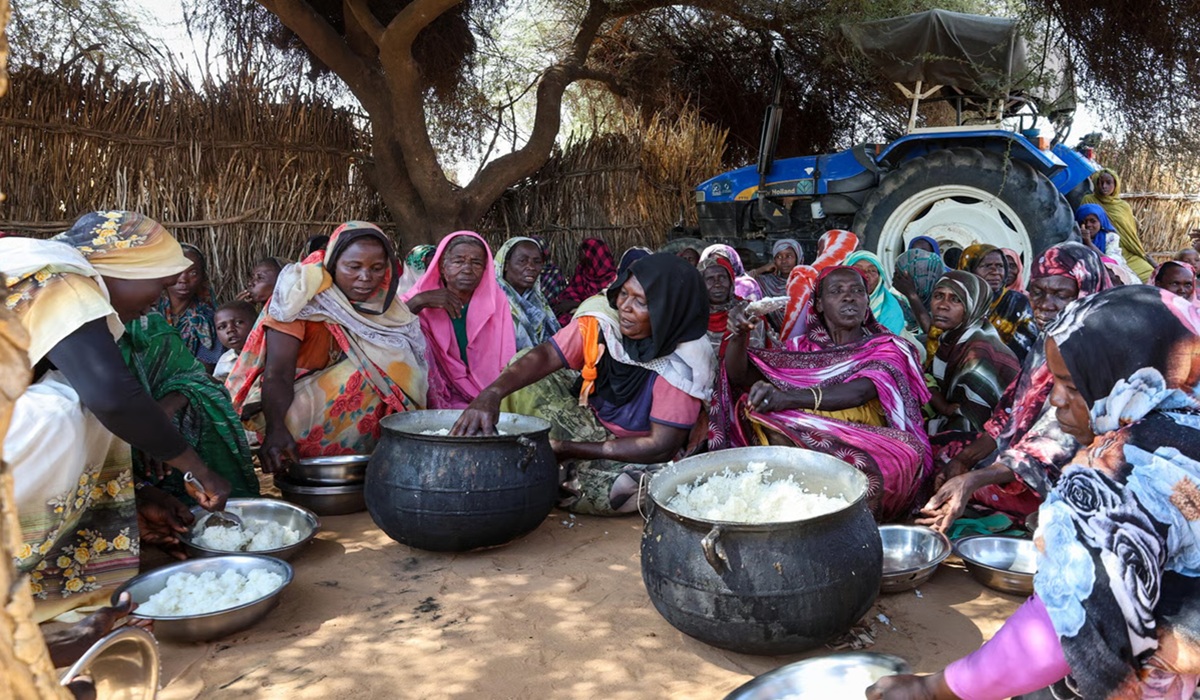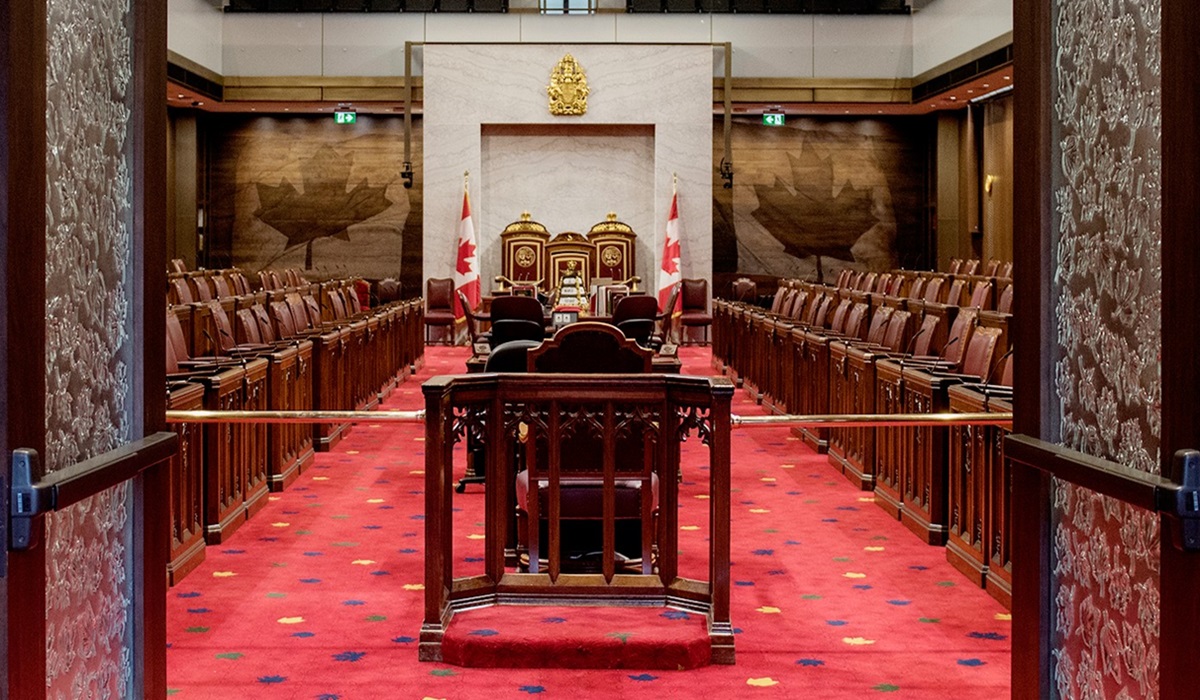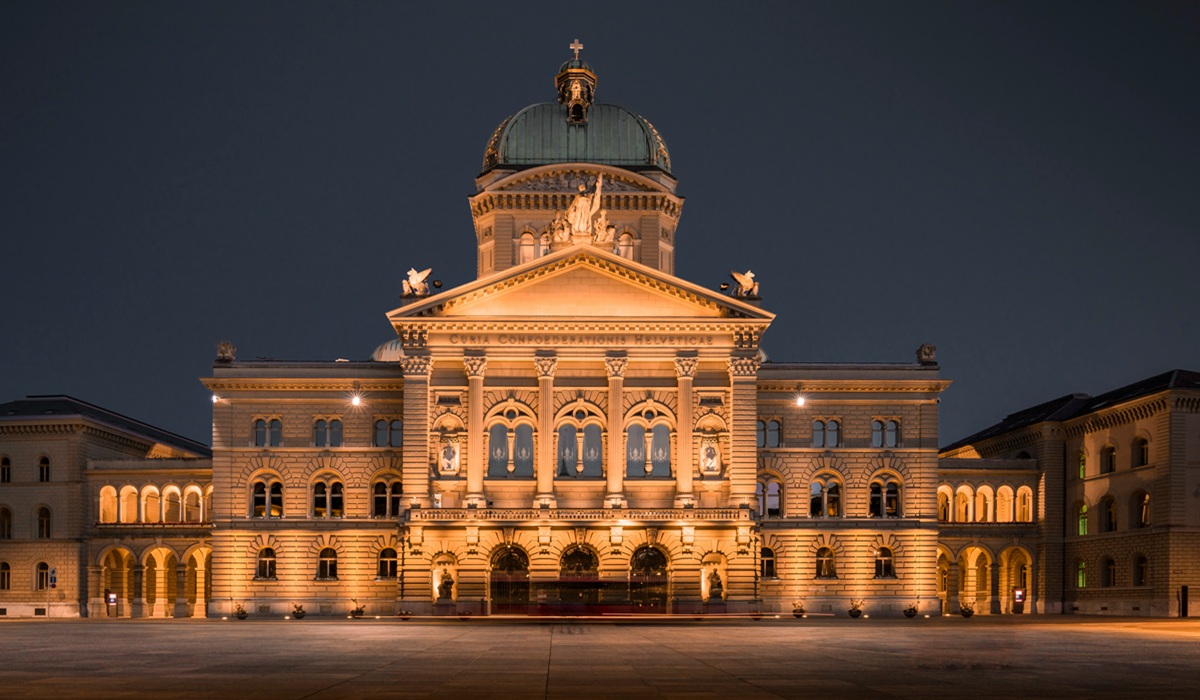Colombia’s Broken Peace: How Ongoing Conflict Is Trapping Millions and Stalling Recovery
- Xuemei Pal
- Latin
- Trending News
- November 21, 2025
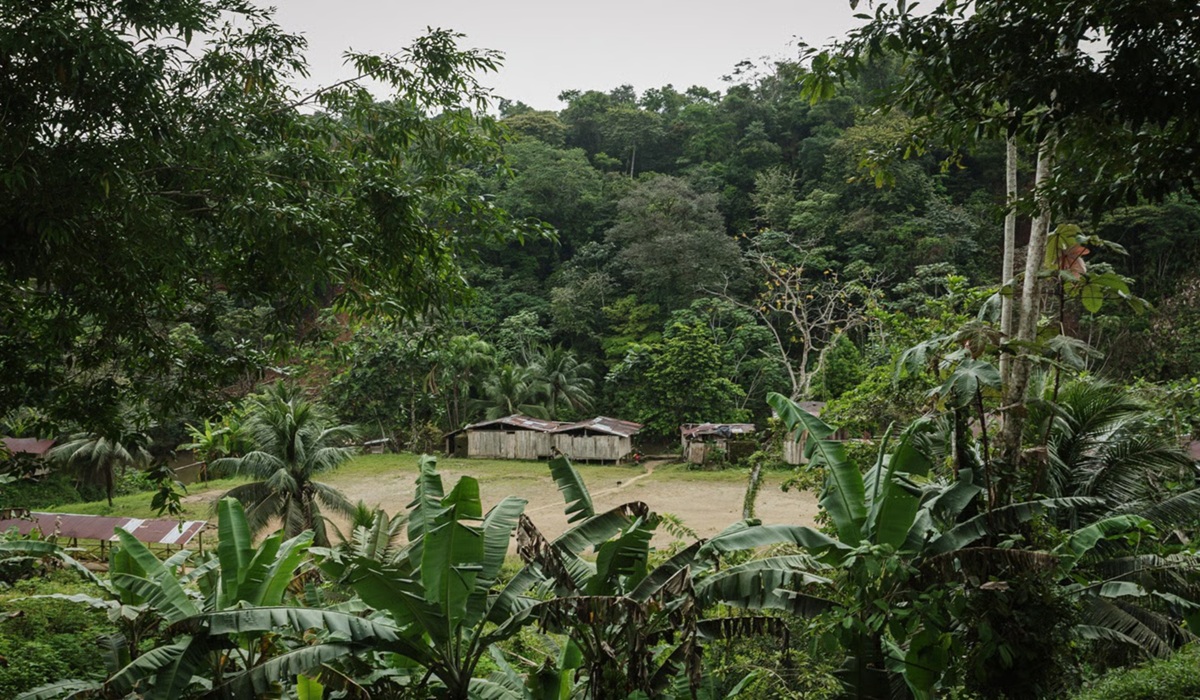
Nearly a decade after Colombia signed its historic 2016 peace agreement, the country is once again grappling with a grim and familiar reality: violence, displacement, and fear continue to dictate daily life for millions of people living in rural territories. While the accord marked a critical turning point in ending decades of armed conflict with the FARC, it failed to bring stability to vast parts of the country now dominated by armed groups that never laid down their weapons.
These groups have not only entrenched themselves in isolated regions, but expanded their influence, fighters, and territorial control. As their numbers grow, so does the scale of human suffering.
Between January and September 2025 alone, an estimated 1.3 million Colombians have been directly affected by restrictions imposed by organised armed groups. Whole communities are being cut off from essential services, blocked from humanitarian aid, and stripped of their most basic right: freedom of movement.
In a stark warning issued on the ninth anniversary of the peace agreement, the Norwegian Refugee Council urged armed actors to allow unrestricted humanitarian access and called on the Colombian state to step up its presence and protection in vulnerable regions. According to its country director, Giovanni Rizzo, access to aid is not optional — it is the foundation of any real and lasting peace.
“The persistence of conflict must not, under any circumstance, interrupt access to humanitarian assistance or violate the civilian population’s right to free movement,” Rizzo said.
One example encapsulates the reality many families face. In eastern Colombia, a family of seven was forcibly confined to their land by armed actors for nearly a month. With no safe water and no outside contact, they survived on nothing more than a single bunch of green bananas. Education stopped. Healthcare vanished. Hope faded. Stories like theirs are becoming tragically common.
The data is no less alarming.
When the peace process began, organised armed groups were estimated to have just over 6,500 members. Today, in 2025, that number has ballooned to more than 25,000 — a near fourfold increase. As these groups grow in strength, displacement grows with them. Colombia saw 139,000 people forced from their homes in 2017. By 2024, that number had climbed to over 388,000.
Behind every statistic is a voice, a family, a shattered home.
One displaced man from western Colombia described the total control armed groups have over his village. They dictate when residents can leave their homes, what colours they are forbidden to wear, who can sell or buy crops, and even settle disputes between neighbours. They extort businesses, force farmers to grow coca, and explicitly ban residents from reporting abuse. When he refused to continue paying a “tax”, he received death threats and fled everything he had ever known.
“They are like the authority in the territory,” he said.
Today, Colombia sits among the top three countries in the world with the highest number of internally displaced people, surpassed only by Sudan and Syria. More than 7.3 million Colombians are living in internal displacement as a direct result of conflict and violence. An estimated 9.3 million people continue to live in areas controlled or heavily influenced by armed actors.
Even humanitarian organisations, whose sole mission is to provide aid and relief, are increasingly unable to reach those in need.
In just the first half of 2025, there was nearly one humanitarian access incident every single day. A total of 228 incidents were recorded between January and June, compared to 118 during the same period in 2024 — a staggering increase of over 90 per cent. Nearly 80 per cent of these incidents were caused directly by the actions of organised armed groups, impacting more than one million people.
The International Committee of the Red Cross has warned that, if the current trend continues, 2025 will become the worst year for Colombia in humanitarian terms in the past decade.
These figures do not reflect a nation at peace. They reflect a nation locked in an unresolved struggle, where the absence of true state authority in rural regions has been filled by men with guns, extortion systems, and fear-based rule.
Rizzo’s message is clear: without guaranteed humanitarian access and a stronger presence of the State in neglected territories, Colombia cannot hope to achieve lasting stability.
“Guaranteeing aid and access is not an option — it is a precondition for peace,” he warned.
As the world looks on, Colombia stands at a crossroads. The promise of the 2016 accord still exists on paper. But on the ground, in villages choked by silence and fear, peace feels more distant than ever. Until armed groups are confronted, communities protected, and accountability restored, Colombia’s peace will remain unfinished — more a dream than a reality.

